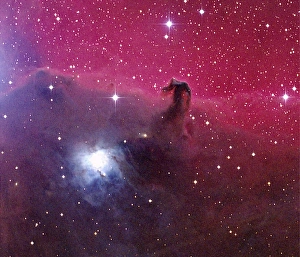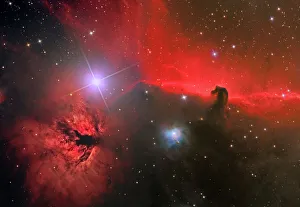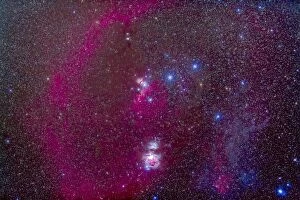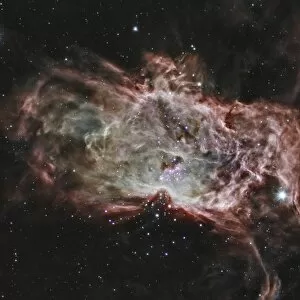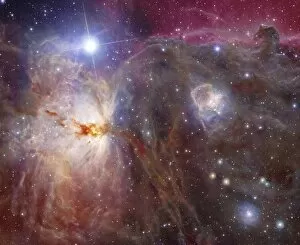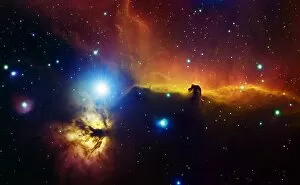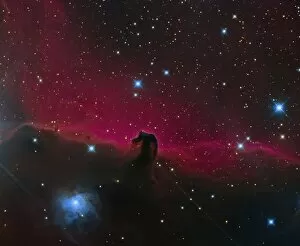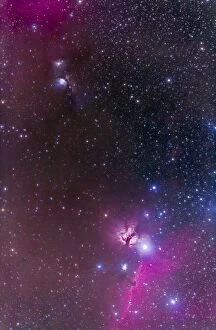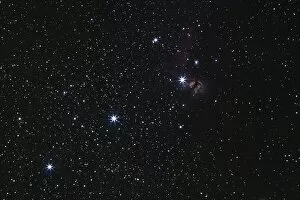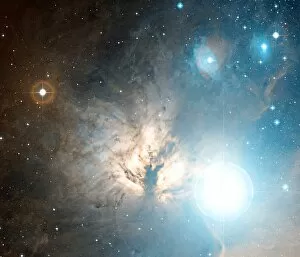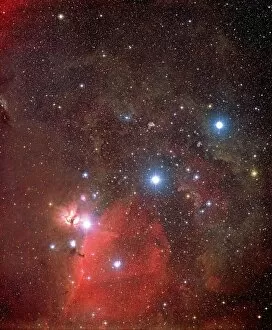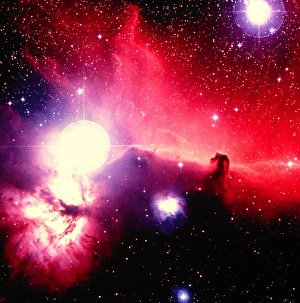Ngc 2024 Collection
NGC 2024: Unveiling the Mysteries of the Horsehead Nebula Behold the captivating beauty of NGC 2024, better known as the Horsehead Nebula
All Professionally Made to Order for Quick Shipping
NGC 2024: Unveiling the Mysteries of the Horsehead Nebula Behold the captivating beauty of NGC 2024, better known as the Horsehead Nebula. Nestled within the constellation Orion, this celestial wonder has fascinated astronomers and stargazers alike for centuries. A widefield view reveals a mesmerizing tapestry of stars, showcasing both the Orion Nebula and its enigmatic companion, the Horsehead Nebula. The Belt of Orion acts as a guiding beacon towards this ethereal spectacle, aptly named after its resemblance to a majestic equine silhouette. Venturing deeper into this cosmic realm, we encounter an enchanting duo - the Horsehead Nebula alongside its fiery counterpart, aptly named Flame Nebula. Together they paint a vivid portrait against the backdrop of interstellar space. At its core lies star clusters NGC 2024; their radiant presence illuminates this astronomical masterpiece with unparalleled brilliance. This cluster serves as a focal point amidst swirling nebulosity that dances across our field of vision. Infrared and visible light unveil even more secrets within this region. The Alnitak region in Orion showcases not only NGC 2024 but also unveils further wonders such as Flame Nebula and Horsehead Nebula in all their resplendent glory. The allure extends beyond mere visual appeal; it represents an opportunity to delve into profound cosmic mysteries. Scientists continue to study this celestial marvel in hopes of unraveling its intricate composition and understanding stellar birth processes occurring within these nebulous realms. As we gaze upon NGC 2024's breathtaking expanse in awe-inspiring detail, we are reminded once again that there is so much left to explore beyond our earthly confines.

